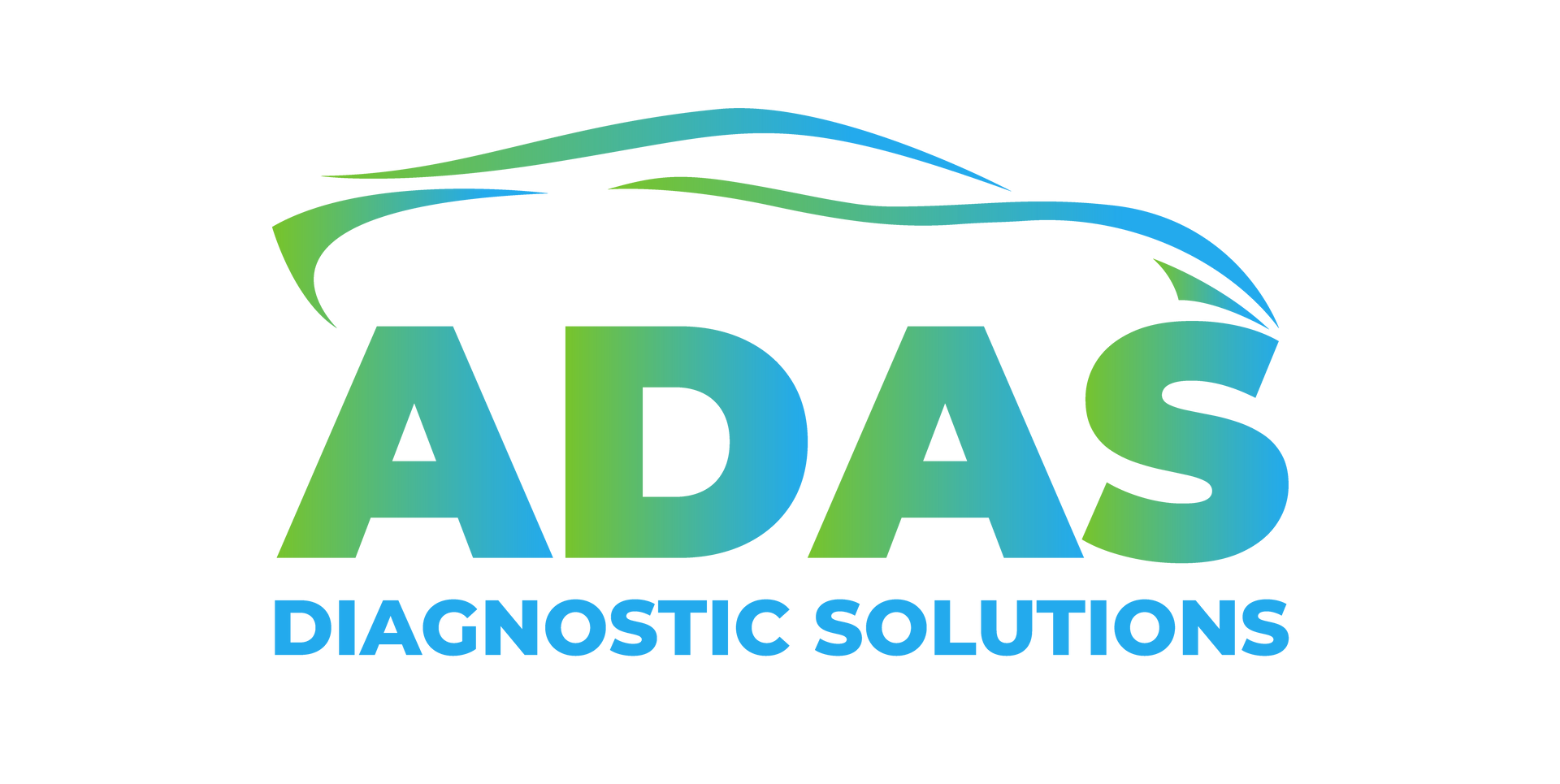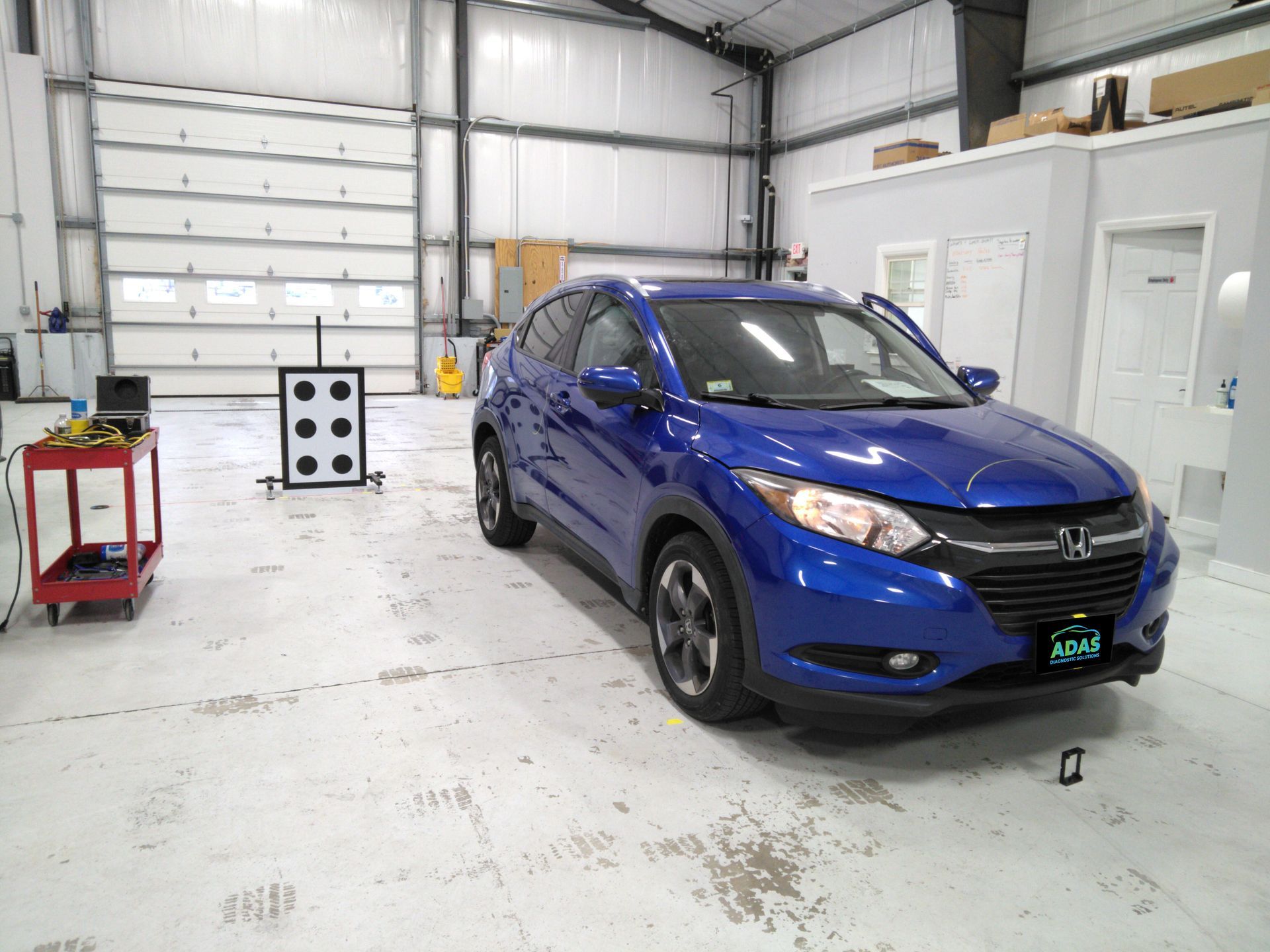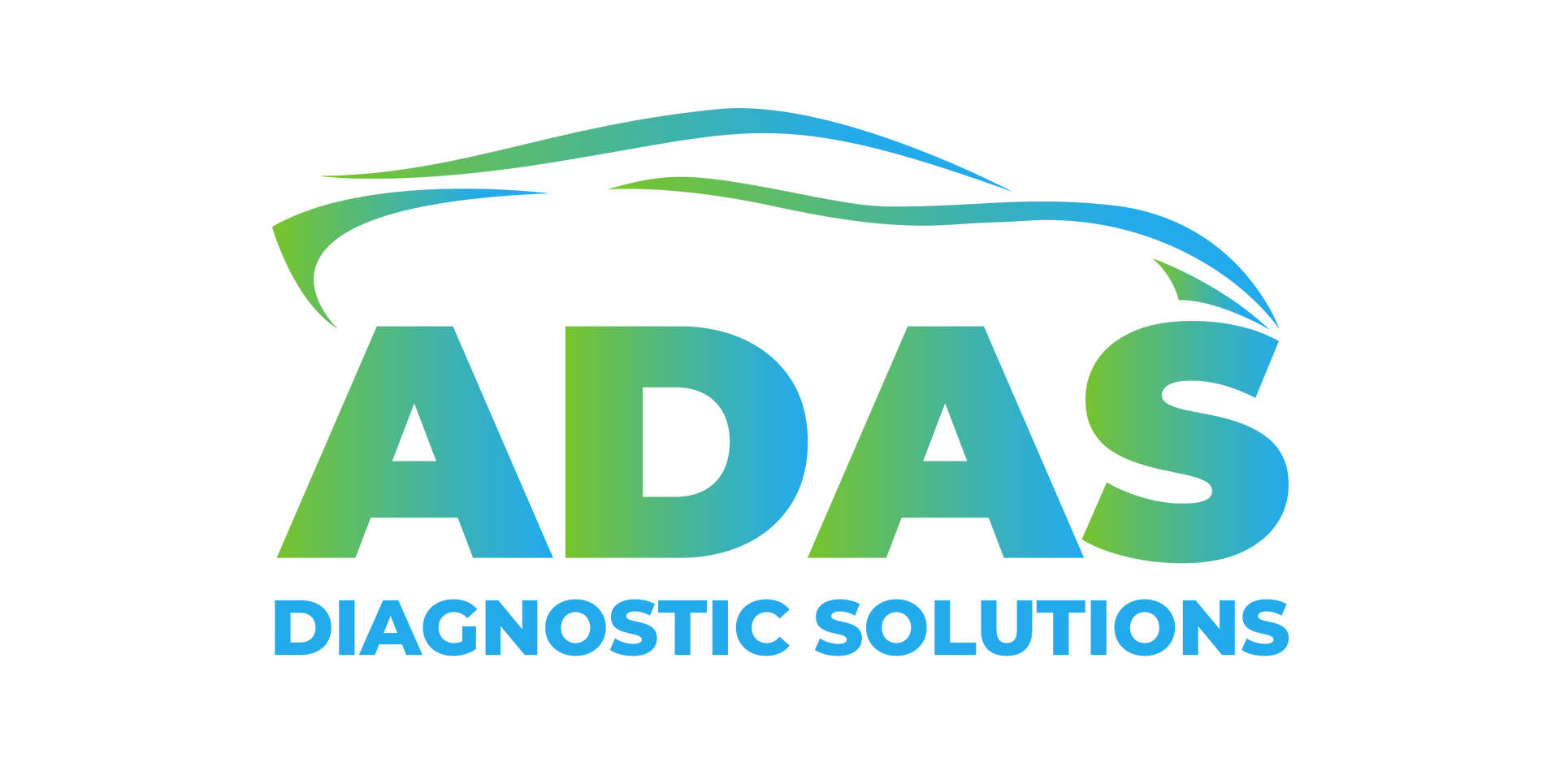Is ADAS an afterthought in collision repair?
Author: Mike Ambrosino
May-18-2025
Why Early ADAS Planning is Critical for Safe, Efficient Collision Repairs
Advanced Driver Assistance Systems (ADAS) are frequently treated as an afterthought during the collision repair process, often only being addressed at the final stages—if at all—when a dashboard warning light appears or the vehicle fails to perform as expected. This reactive approach can lead to unhappy customers, delays, safety risks, and increased costs. To ensure a proper and safe collision repair, ADAS must be considered proactively, starting at the initial stages of disassembly and blueprinting. During this phase, it's critical to identify and document all ADAS-related components and how they may be impacted by the damage or subsequent repairs.
Several key questions must be addressed early in the process: Which ADAS modules or sensors—such as cameras, radar units, or ultrasonic sensors—have been directly or indirectly affected by the collision? Are there any replacement modules that will require programming or coding? Can the damaged vehicle parts be repaired or will they require replacement due to the proximity of ADAS modules? The choice of replacement parts is also crucial—will aftermarket parts affect the reliability or calibration of the system compared to OEM parts?
Additionally, considerations around paint and refinish procedures must be taken into account. Some ADAS components, particularly radar sensors or park sensors, may have specific manufacturer guidelines regarding paint thickness, reflectivity, or masking restrictions, which, if ignored, could impair system functionality. Proper wheel alignment is another critical factor, as even minor alignment issues can affect the accuracy of sensors and the overall effectiveness of the ADAS.
Planning for ADAS calibrations should not be left to the end of the process. Scheduling adequate time for both static and dynamic calibrations, whether involving third-party vendors or in-house equipment, needs to be incorporated into the repair timeline from the outset to avoid delays and ensure a complete, safe return to the road.
We are always ready to help our customers answer these questions and navigate the complexities of ADAS.








